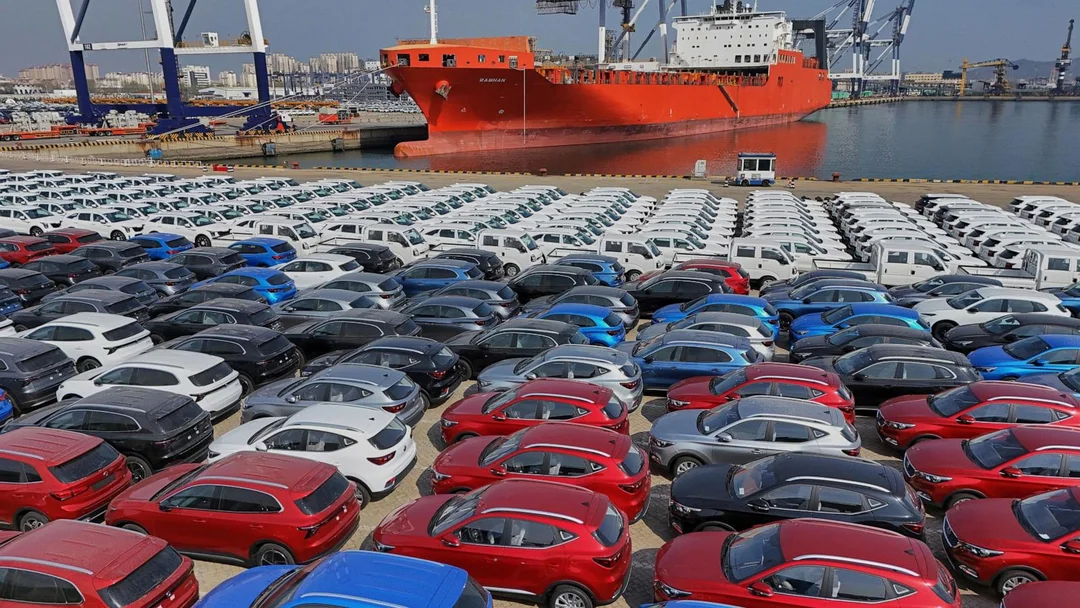
China’s Market Reacts to U.S. Tariffs, Sparking Global Selloff
On April 5, 2025, China's financial markets experienced significant turbulence following the announcement of new U.S. tariffs by former President Donald Trump. The move, aimed at addressing trade imbalances, led to a sharp selloff in global markets, with Wall Street witnessing one of its most significant plunges in recent years.
China's response was swift, with officials stating that the market had spoken clearly against the tariffs. The Chinese government expressed its disappointment, emphasizing the potential for further economic strain between the two nations. Analysts from Reuters and the Associated Press noted that the immediate impact was a drop in stock prices across major indices, reflecting investor concerns over escalating trade tensions.
The BBC reported that the selloff was not limited to the U.S. and China, as markets in Europe and Asia also felt the ripple effects. The French newspaper Le Monde highlighted the plunge on Wall Street, underscoring the global interconnectedness of financial markets and the widespread impact of U.S.-China trade policies.
Related issues news
What does tariff mean?
Tariffs are taxes charged on goods imported from other countries. Typically, they are a percentage of a product's value. For example, a 25% tariff on a $10 (£7.59) product would mean an additional $2.50 (£1.90) charge. Companies that bring the foreign goods into the country have to pay the tax to the government.
Does China have tariffs?
China Customs assesses and collects tariffs. Import tariff rates are divided into six categories: general rates, most-favored-nation (MFN) rates, agreement rates, preferential rates, tariff rate quota rates, and provisional rates. As a member of the WTO, imports from the United States are assessed at the MFN rate.
What is the Chinese tariff rate on US goods?
China imposes a 34% tariff on imports of all U.S. products starting April 10.
How are tariffs collected in the United States?
Tariffs are taxes on imports, collected when foreign goods cross the U.S. border by the Customs and Border Protection agency. The money — about $80 billion last year — goes to the U.S. Treasury to help pay the federal government's expenses. Congress has authority to say how the money will be spent.